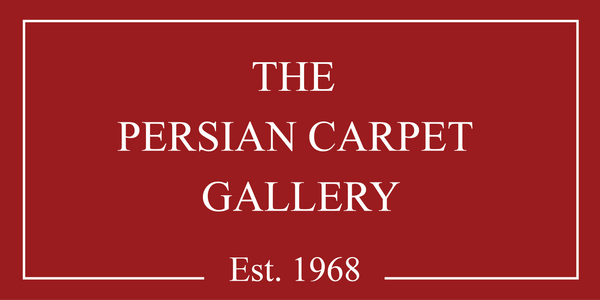A To Z of Rugs
Hand made rugs and carpets have existed for nearly 2,500 years. In fact the oldest known surviving rug has been dated to the fifth century BC. Residing in the Hermitage Museum in Leningrad, the Pazyryk Rug, as it is now known was found in the Pazyryk Valley in the Altai mountains. Carpets from this period were probably made by nomadic peoples as floor coverings for their tents and were probably the only furnishings to be found inside.
Historically, Persia has been the centre of the carpet making craft, where it has now developed into an art form. It is believed that the Persian King, Cyrus, introduced the carpet making craft to Persia after he conquered Babylon in about 539 BC. He was buried at Persepolis and it is said that his tomb is covered with very fine rugs and carpets
Perhaps the most important time in the history of Persian carpets came with the dynasty of the Safavid rulers (1499 – 1722). Under their patronage, the arts and crafts of Persia prospered due to their encouragement of contacts and trade with many European nations. Shah Abbas (1571 – 1629) transformed the new capital of Persia, Isfahan, into one one of the most glorious cities of Persia and he created a court workshop for carpets where master craftsmen and designers created pieces of true beauty and art. Most of the pieces coming out of these workshops were made primarily of silk with some even containing threads of gold and silver. As of today there are about 1500 pieces in museums and private collections dating from this period around the world.
Then came the Afghan invasion of 1722, in which the Afghans destroyed Isfahan. Their dominance was brief however, and Shah Nader Khan came to power. He spent the whole of his reign in campaigns against the Afghans, Russians and Turks. Thus during this period and for a time afterwards no carpets of any great note were made. In all probability, Persian carpet making traditions were likely only to be maintained by the nomadic tribes of Persia.
It wasn’t until the last quarter of the 19th century that the rug making art once again flourished with rug making centres opening up in Tabriz and exporting into Europe once again. Towards the end of this revival in carpet making some American and European companies set up businesses in Persia to organise handicraft production for western markets.
Today, carpet making is by far the most widespread handicraft in Iran; and the most well known throughout the rest of the world. So much so that Persian carpets are synonymous with hand made floor and area rugs. They are reknowned for their richness of colur, variety and clarity of patterns and quality of workmanship.
Following, are briefs of the different rug making regions throughout the world.
